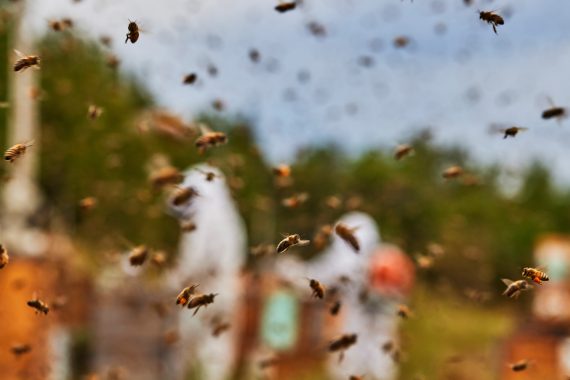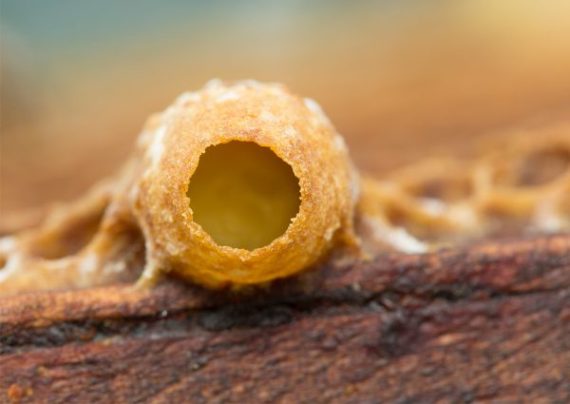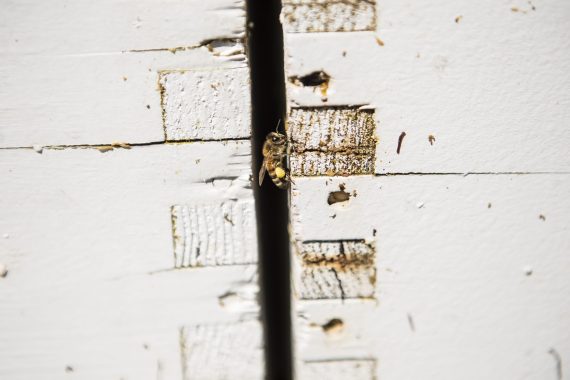
Bees and the senses
The diversity and complexity of tasks performed by bees require highly developed senses. Like humans, bees have five senses: smell, sight, touch, taste, and hearing. However, the anatomy of these sensory organs is very different from that of humans and is much more sensitive.
Sight
Thanks to its two compound eyes and three ocelli, the bee enjoys a panoramic vision with an almost infinite depth of field. Its visual organs are essential tools for carrying out its tasks, primarily foraging for food. The two large black eyes are composed of facets (or ommatidia) similar to many small cameras (4,500 for the worker bee). Light first passes through the lens (the crystalline lens), then the image is focused on a photosensitive film (the retina). However, each facet captures only a point of light from the entire image; it is only when these points are combined that a grainy image is formed, resembling newspaper prints.
These lenses are sensitive to certain colors: green, blue, and ultraviolet (invisible to humans), but they are insensitive to red. Thus, the perception of colors in bees is very different from that in humans. Additionally, their vision is sensitive to polarized light and the intensity of ultraviolet light reflection. Flowers that appear white to the human eye appear purple to bees, and those that look yellow may appear either purple or pale yellow, depending on the degree of reflection. Flowers perceived as uniform in color by humans are seen with a multicolored gradation by bees. These lenses aid in the search for food rich in pollen and nectar, as flowers that are abundant in these resources are usually brighter in color, reflecting more ultraviolet light. This is a beautiful example of adaptation, as flowers use color to attract pollinators.
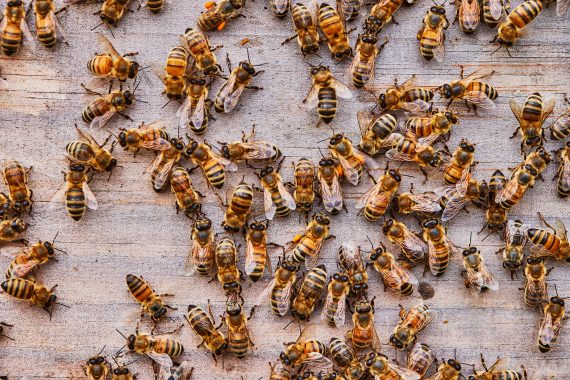
Thanks to its compound eyes, the bee has a very wide field of vision, almost 360 degrees. It can perceive up to 300 images per second. Bees have sharp vision during flight, which helps them easily detect movement and spot predators. They also possess a visual memory that allows them to orient themselves well and inform their companions about the best route to find food. The ocelli, the second type of eyes, have a low resolution and do not provide a clear image. However, they allow bees to sufficiently distinguish shapes and colors and are very sensitive to direction and changes in light. They are used, for example, to assess the approach of twilight.
Smell
The sense of smell in bees is facilitated by their antennae. They use them as tools to perceive and gather information about their immediate environment. The antennae contain around 6,000 receptors for worker bees, which are constantly engaged in detecting thousands of odors both inside and outside the hive. For example, they can detect the sweet scents emitted by nectar-rich flowers.
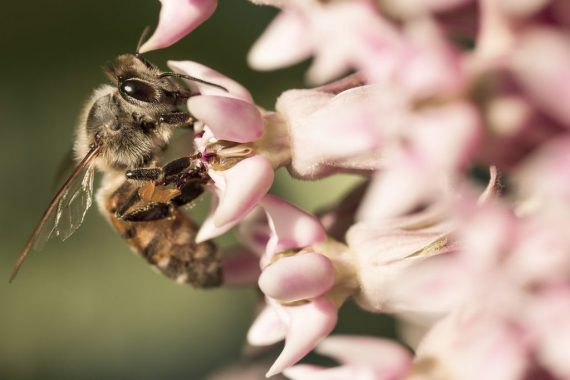
The number of different odors that bees can perceive is roughly the same as in humans, except for wax, flowers, and other important biological components, where bees are 10 to 100 times more sensitive. In addition to their remarkable olfactory abilities, bees also have a topochemical sense of smell, meaning they can locate an odor by using the olfactory information captured and transmitted by each of their antennae. These antennae also allow bees to estimate relative humidity and carbon dioxide levels in the hive. This information is crucial for the colony, as when CO2 concentration is too high, bees react by ventilating the hive.
Taste
Taste is highly developed in bees. To “taste,” they have numerous taste receptors located on various parts of their bodies (tongue, tarsi at the ends of their legs, antennae) that can differentiate sweet, sour, bitter, and salty. Each bee’s taste capabilities depend on its age, physiological state, and nutrition. They all seek out flowers with nectar rich in sugar, which serves as a key criterion for selecting which ones to visit. Their tongues also allow them to lick and capture the pheromones emitted by the queen, transferring them to other bees and thereby ensuring the cohesion of the colony.
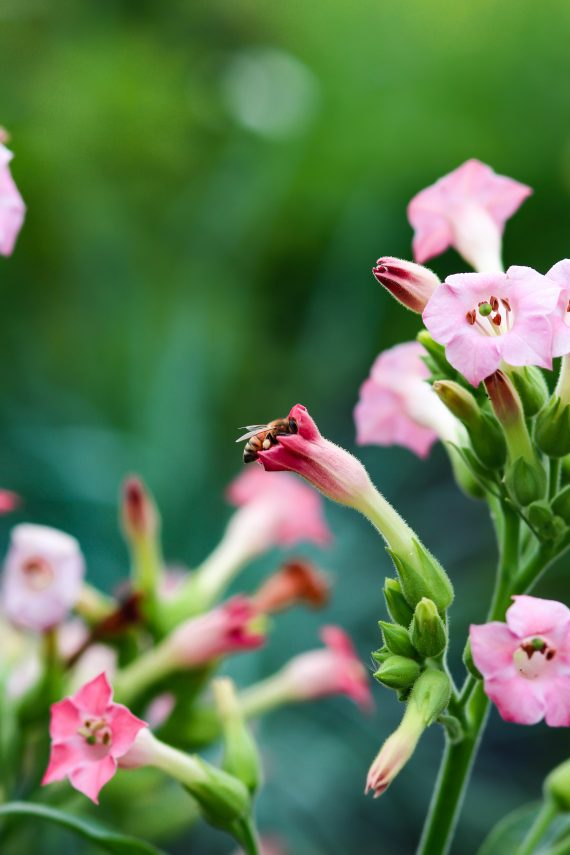
L’ouïe
Since bees do not have ears, they do not perceive sounds. Their auditory system instead captures vibrations and rustling with two organs: the inner membrane of their front legs and their antennas. In their case, we refer to a “vibratory sense,” as it allows them to communicate and detect information through the vibrations they emit and receive. The bee uses the object (or the air) on which it is resting to receive vibrations, decode the information, and subsequently transmit this information to the rest of the colony by vibrating its wings.
